Image
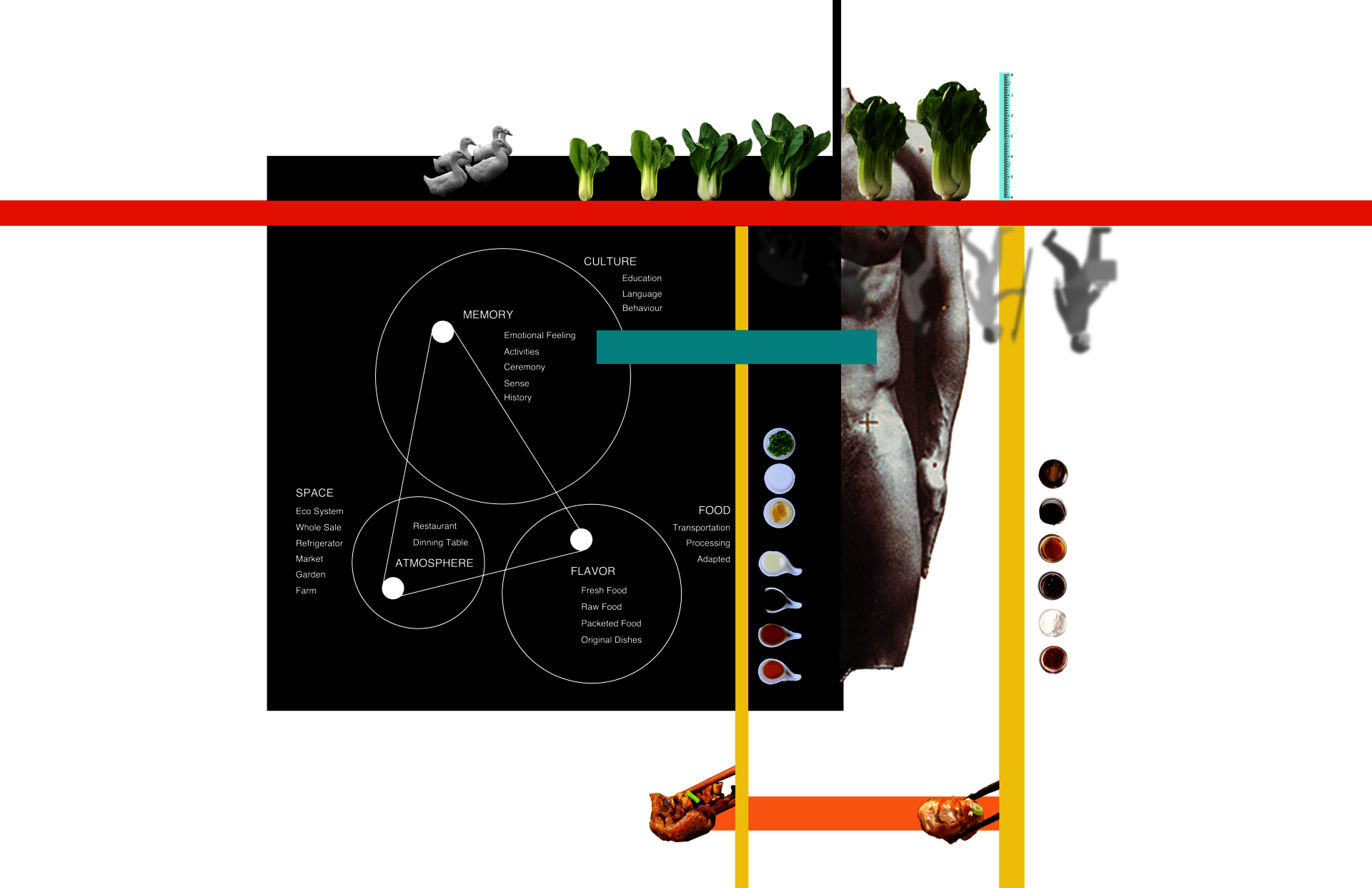
Jieqi Yao
Moving In, Moving Up, Moving On. The adaptation and preservation of Chinese diasporas through Food
Moving In, Moving Up, Moving On explores the processes of Chinese culture and space in America of adaptation, assimilation, and preservation that underlie food changes. As Chinatowns across the US have evolved and residents have relocated, former centers of Chinese cultural identity have progressively transformed into restaurant districts with increasingly diverse populations and space gentrification.
The thesis argues that food is central to preserving cultural memory and reducing the generation divide. In the context of the Chinese diaspora transformation, culture has changed food in different spaces, and it gives people more choices to acquire and exchange information and values through food networks and daily food habits. From a single package, to public kitchens and community warehouses, to tell how the future Chinese food culture can reduce the generational divide and promote greater responsiveness in the exchange of culinary knowledge in a more ecological way.
Image
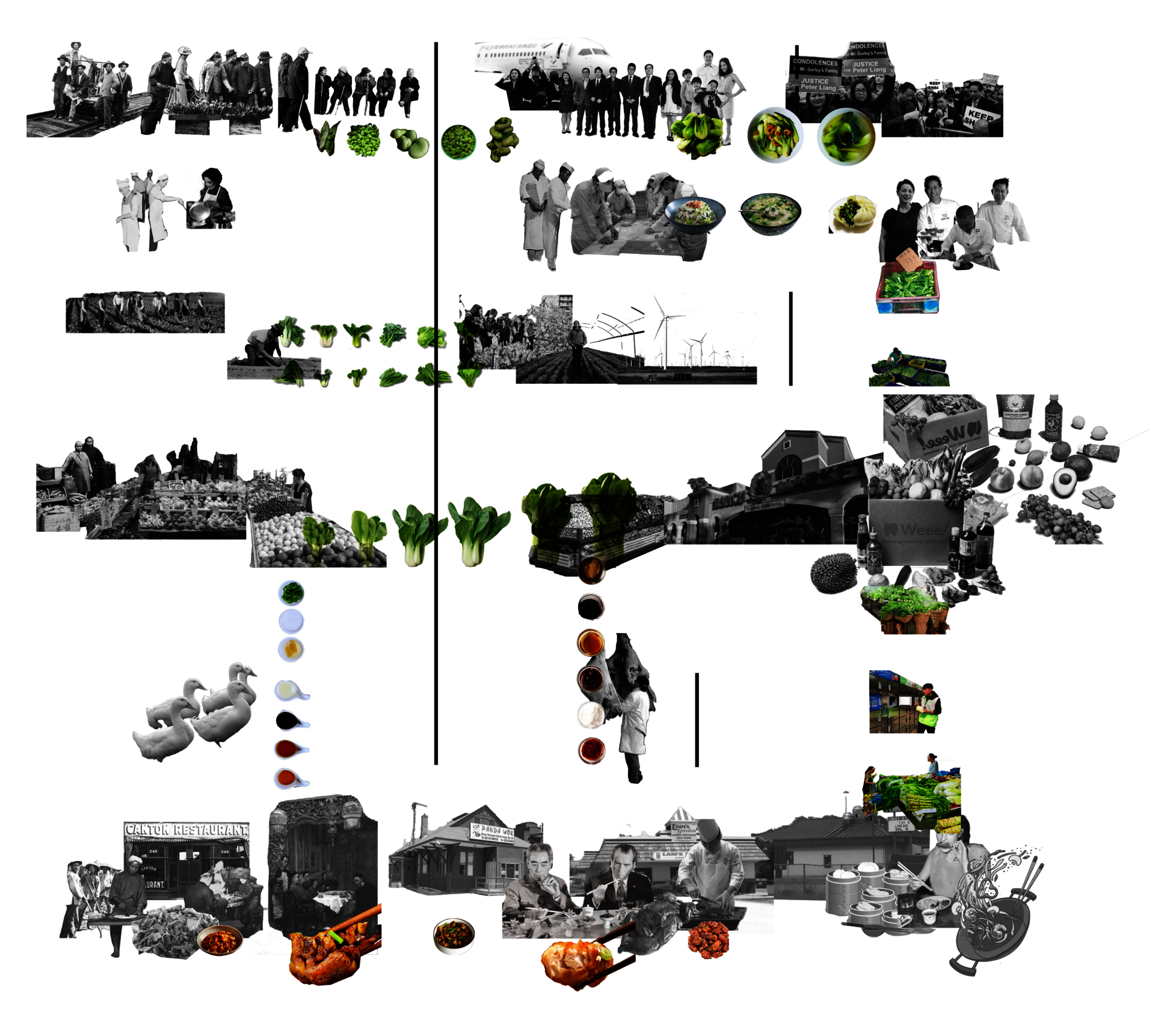
Chinese Food Network System
Collage + History Development
2D
2023
Chinese Diasporas, chefs, farms, markets, processing, and restaurants in the United States have all gone through the stages of move-in, move up, and move on. They have experienced different discrimination and xenophobia, and vegetables are used to alleviate.
Image
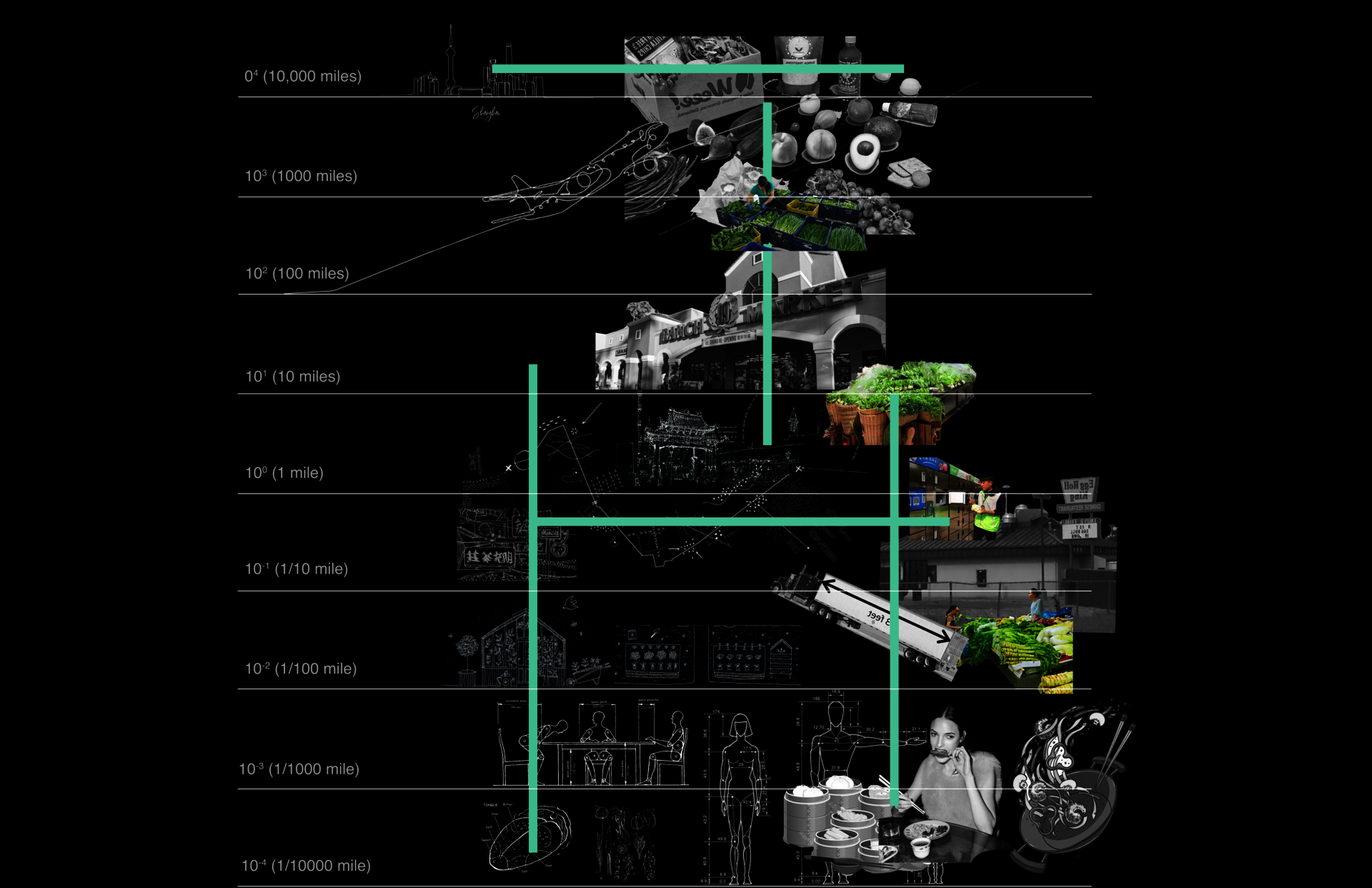
Food System Scale
Collage
2D
2023
Compared with China, our sources of vegetables have become extremely limited, but the freshness of vegetables is very important to us. The highway and air transportation behind Chinese supermarkets has become extremely important, and our space scale feeling is also shaded.
Image
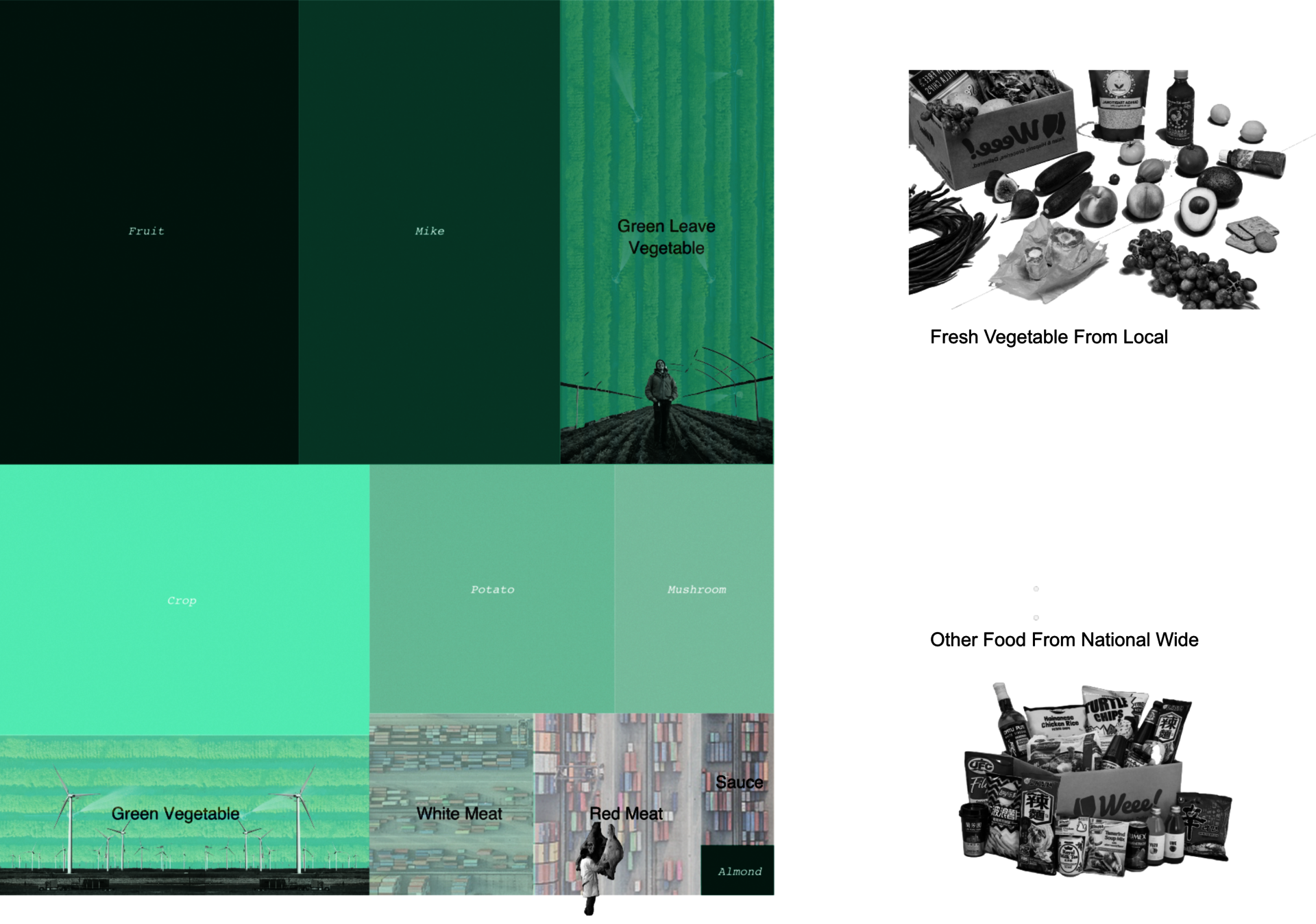
Chinese Food Habit
Collage
2D
2023
Vegetables occupy a large proportion of our daily diet menu, and these need to be grown locally. Although more and more farmers are beginning to participate, many regulations have begun to prohibit Chinese from participating in agriculture. And with the food industry upgrade, many foods can be imported from China.
Image
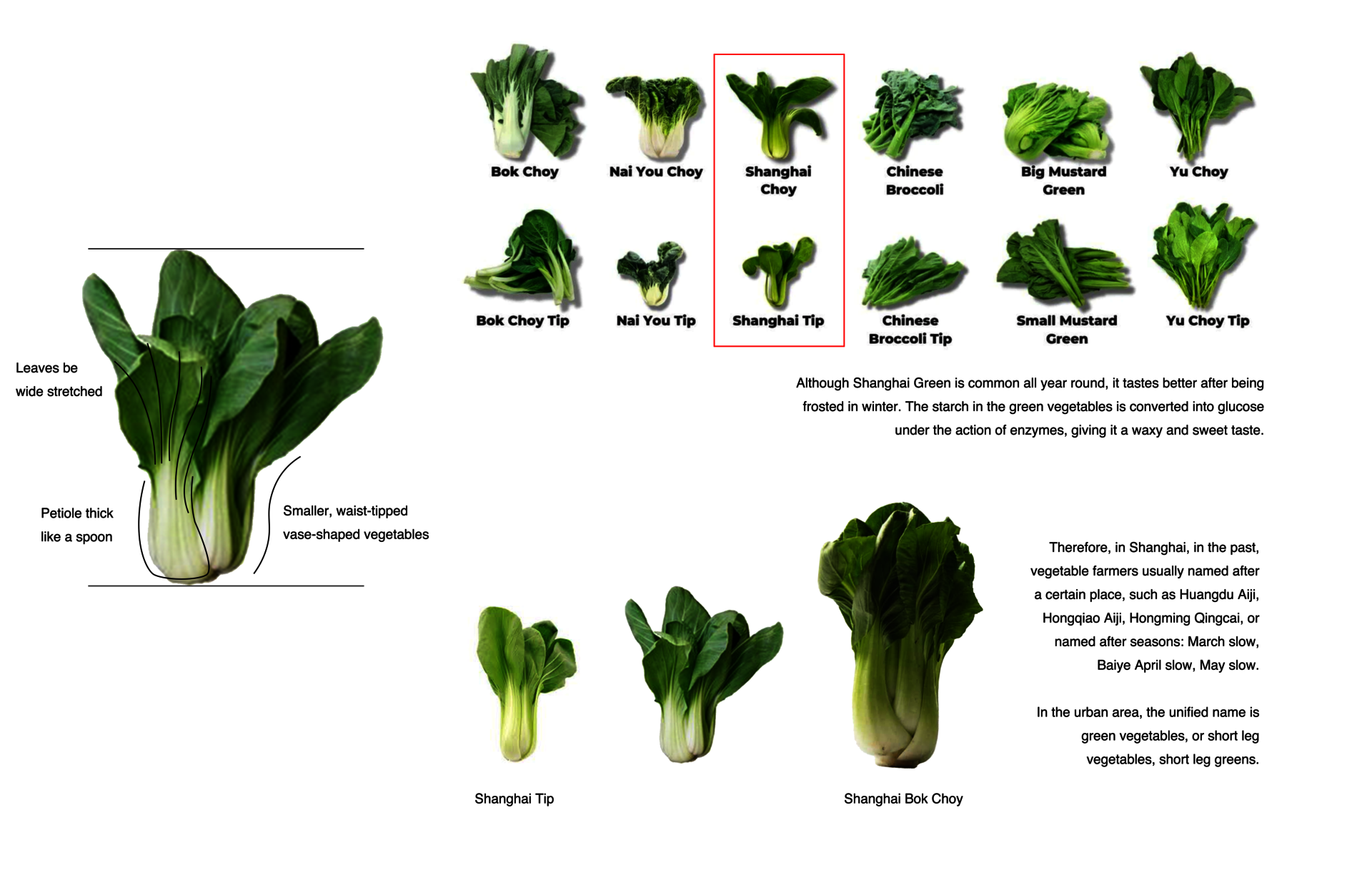
Shanghai Bok Choy
Collage
2D
2023
The appearance of Shanghai Bok Choy in Shanghai is completely different from that in the United States, and the texture and taste of vegetables are also completely different. In order to meet the needs of long-distance transportation and long-term storage of vegetables in the United States, Shanghai Bok Choy began to become larger and harder. The taste is completely different.
Image
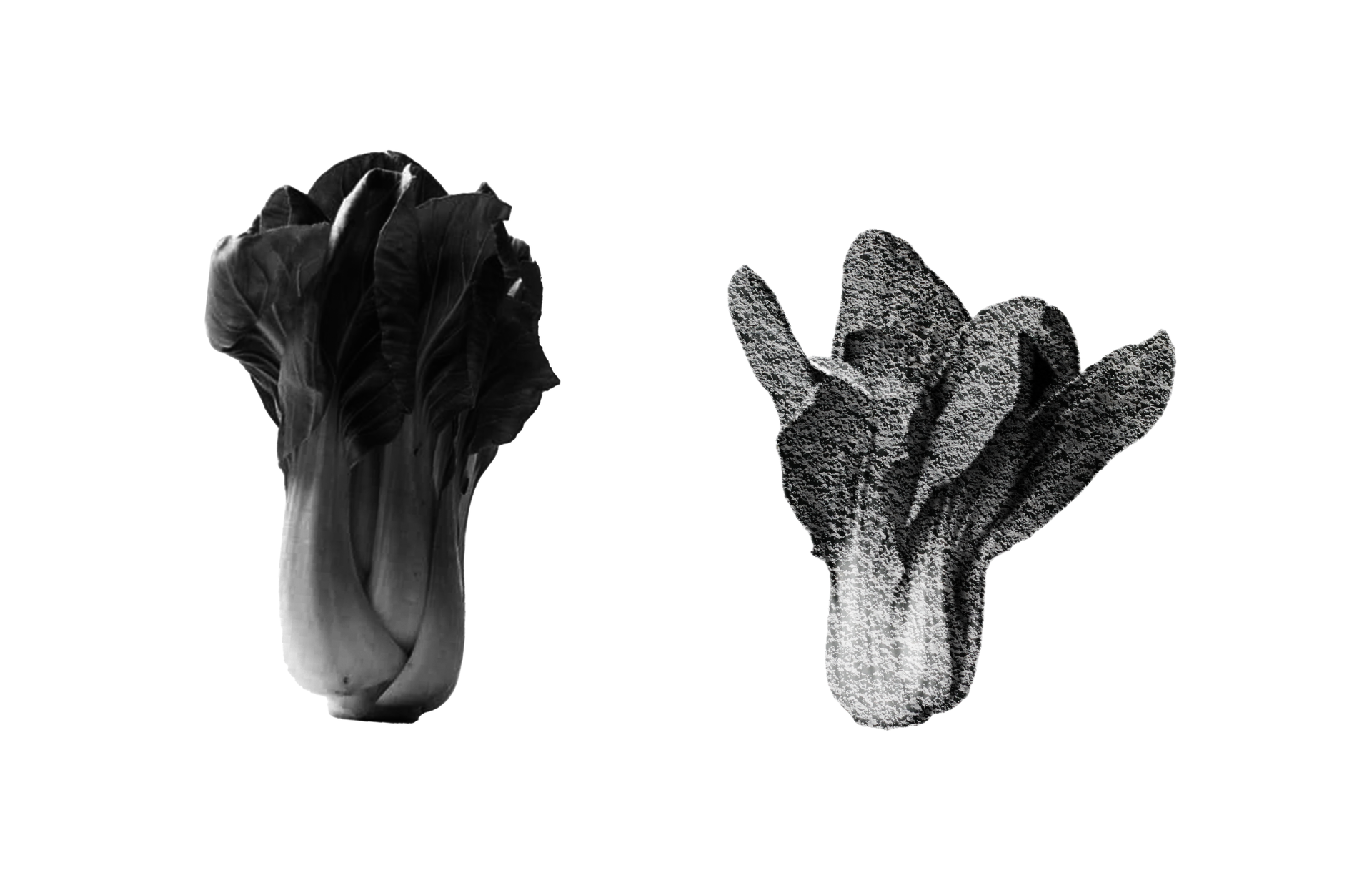
Concrete Vegetable
Collage
2D
2023
Using concrete to make the model of Shanghai Bok Choy is to experience how hard the taste of vegetables has become. At the same time, artificially cultivated vegetables began to replace traditional vegetables, and concrete began to occupy most of the natural area. And the preservation time of vegetables has also changed from the original 3 days turned into 2 weeks.
Image
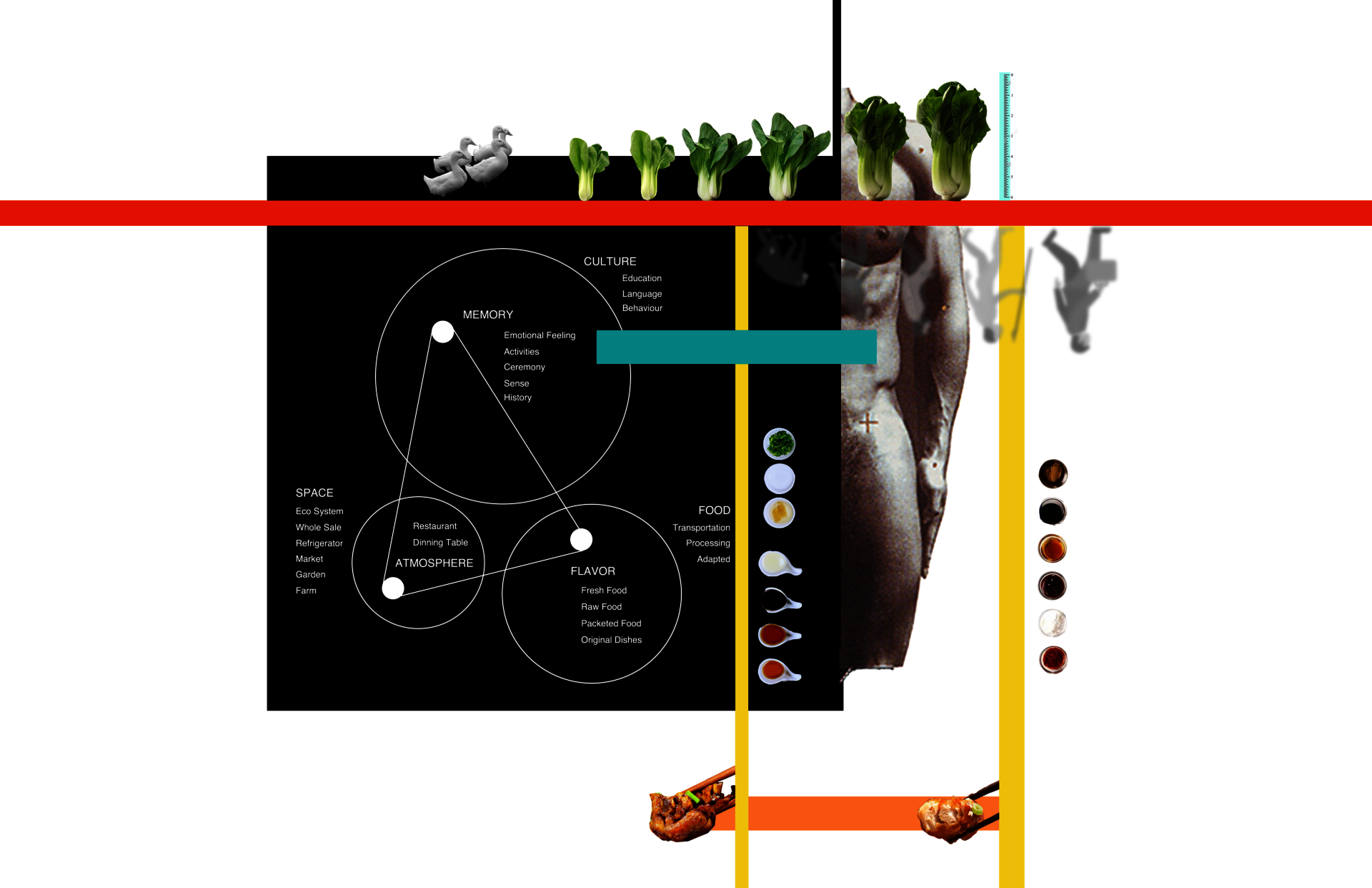
Vegetable Black Box
Collage
2D
2023
Our perception of food has gradually become blurred, and our interest in food has been replaced by the Internet and online shopping. The memory retained by our stomach and brain has also begun to blur, and what have we lost?
Image
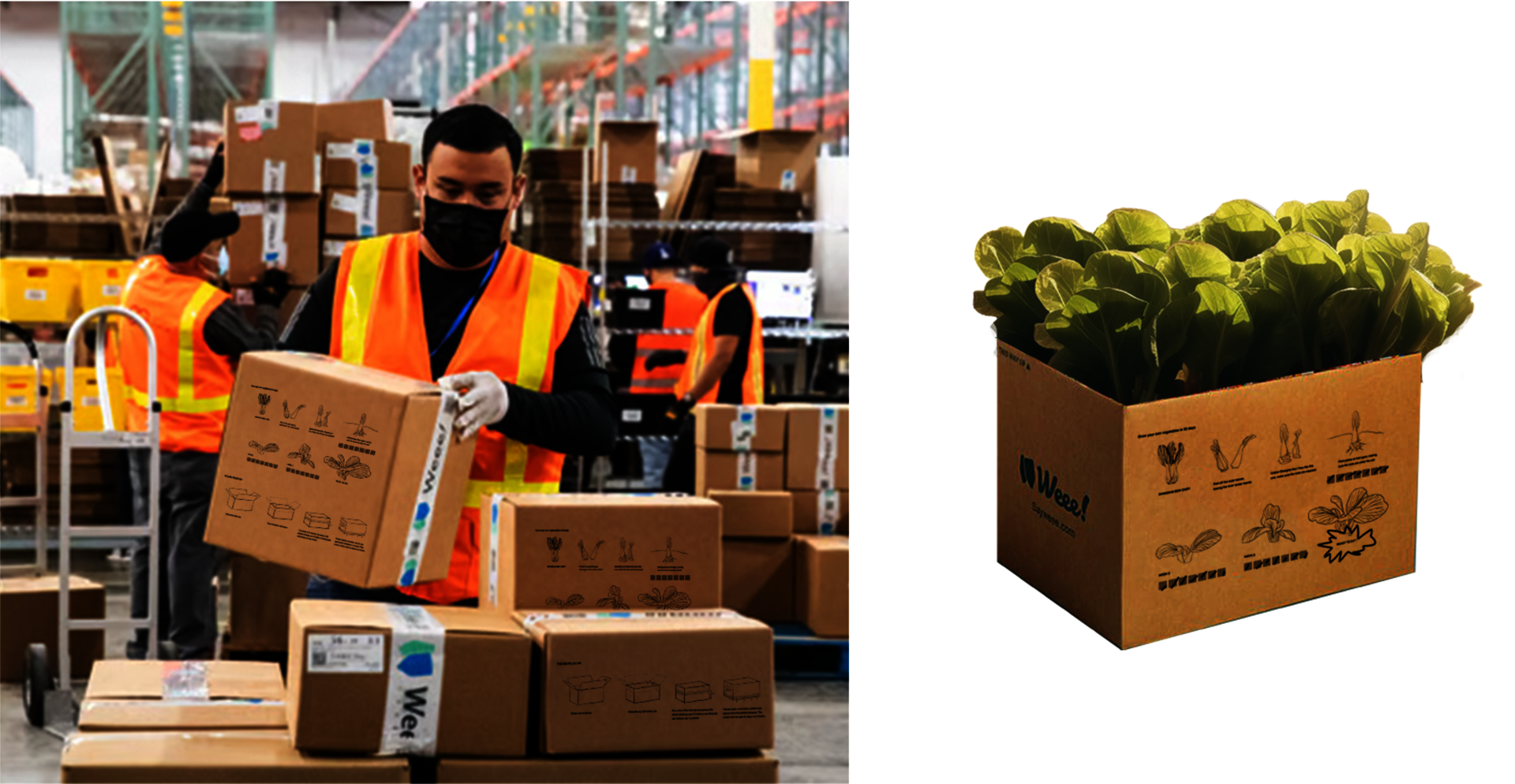
Vegetable Revolution
Collage
2D
2023
How can we reframe our food system with new infrastructure?

